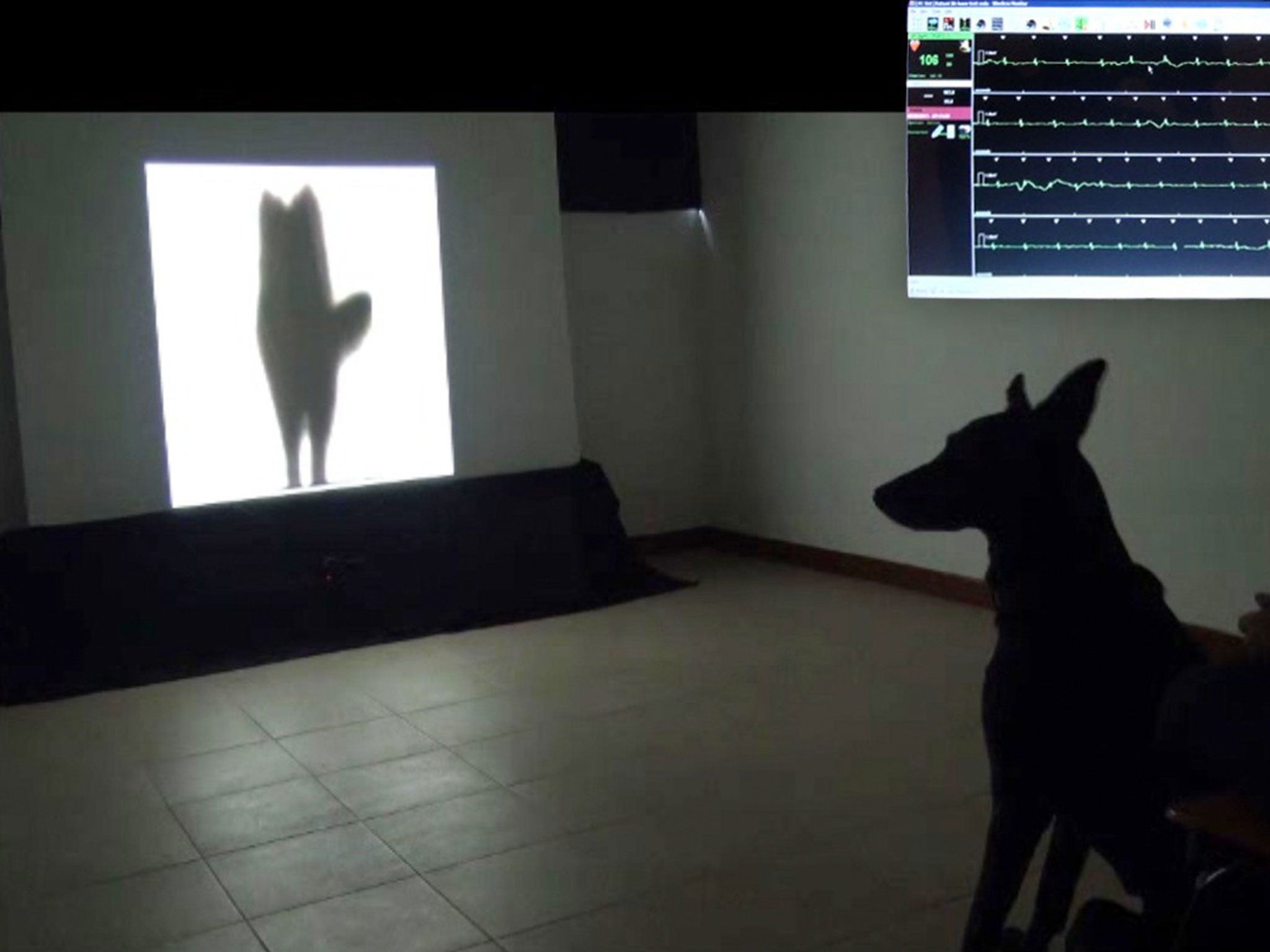What your dog’s tail wagging tells you about his emotions

Tail wagging means a lot more to a dog than “I’m pleased to see you”, research has shown.
Most dog owners may not notice if their best friend’s tail wags more to the left or more to the right. But to another dog, the distinction makes all the difference, scientists have found.
Put simply, a wag to the right signifies happiness, and a wag to the left fear. The behaviour reflects what is happening in the dog’s brain. Earlier research showed that left-brain activation produces bigger wags to the right, and vice-versa.
Now scientists have learned that dogs signal to other dogs via their tails in ways hidden from humans. The Italian team showed dogs videos of other dogs whose tail wagging was more pronounced in one direction than the other.
When dogs saw another dog wagging more towards the left, their heart rates picked up and they began to look anxious. Dogs shown wagging to the right stayed relaxed.
The findings are reported in the journal Current Biology. Dr Giorgio Vallortigara of the Centre for Mind/Brain Sciences at the University of Trento, who led the study, said: “The direction of tail wagging does in fact matter.”
The study involved 43 healthy dogs of various breeds. Each dog was shown videos of another dog wagging its tail.
PA
Subscribe to Independent Premium to bookmark this article
Want to bookmark your favourite articles and stories to read or reference later? Start your Independent Premium subscription today.

Join our commenting forum
Join thought-provoking conversations, follow other Independent readers and see their replies